HIV salvage therapy does not require nucleoside reverse transcriptase inhibitors: A randomized, controlled trial
Citation: Tashima KT, Smeaton LM, Fichtenbaum CJ, Andrade A, Eron JJ, Gandhi RT, Johnson VA, Klingman KL, Ritz J, Hodder S, Santana JL, Wilkin T, Haubrich RH; A5241 Study Team. HIV salvage therapy does not require nucleoside reverse transcriptase inhibitors: A randomized, controlled trial. Ann Intern Med. 2015 Dec 15;163(12):908-17. doi: 10.7326/M15-0949. Epub 2015 Nov 24. PMID: 26595748. PMCID: PMC4681296.
Access full article:
http://www.ncbi.nlm.nih.gov/pubmed/26595748
BACKGROUND: Nucleoside reverse transcriptase inhibitors (NRTIs) are often included in antiretroviral regimens in treatment-experienced patients in the absence of data from randomized trials.
OBJECTIVE: To compare treatment success between participants who omit versus those who add NRTIs to an optimized antiretroviral regimen of 3 or more agents.
DESIGN: Multicenter, randomized, controlled trial. (ClinicalTrials.gov: NCT00537394).
SETTING: Outpatient HIV clinics.
PARTICIPANTS: Treatment-experienced patients with HIV infection and viral resistance.
INTERVENTION: Open-label optimized regimens (not including NRTIs) were selected on the basis of treatment history and susceptibility testing. Participants were randomly assigned to omit or add NRTIs.
MEASUREMENTS: The primary efficacy outcome was regimen failure through 48 weeks using a noninferiority margin of 15%. The primary safety outcome was time to initial episode of a severe sign, symptom, or laboratory abnormality before discontinuation of NRTI assignment.
RESULTS: 360 participants were randomly assigned, and 93% completed a 48-week visit. The cumulative probability of regimen failure was 29.8% in the omit-NRTIs group versus 25.9% in the add-NRTIs group (difference, 3.2 percentage points [95% CI, -6.1 to 12.5 percentage points]). No significant between-group differences were found in the primary safety end points or the proportion of participants with HIV RNA level less than 50 copies/mL. No deaths occurred in the omit-NRTIs group compared with 7 deaths in the add-NRTIs group.
LIMITATION: Unblinded study design, and the study may not be applicable to resource-poor settings.
CONCLUSION: Treatment-experienced patients with HIV infection starting a new optimized regimen can safely omit NRTIs without compromising virologic efficacy. Omitting NRTIs will reduce pill burden, cost, and toxicity in this patient population.
PRIMARY FUNDING SOURCES: National Institute of Allergy and Infectious Diseases, Boehringer Ingelheim, Janssen, Merck, ViiV Healthcare, Roche, and Monogram Biosciences (LabCorp).
Ann Intern Med. 2015 Dec 5;163(12):908-17. doi: 10.7326/M15-0949. Epub 2015 Nov 24. PMID: 26595748
